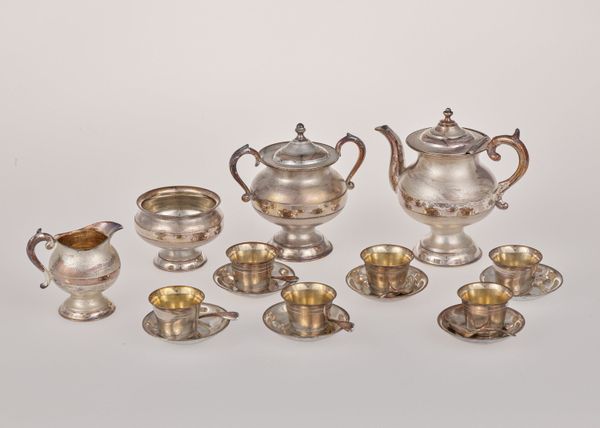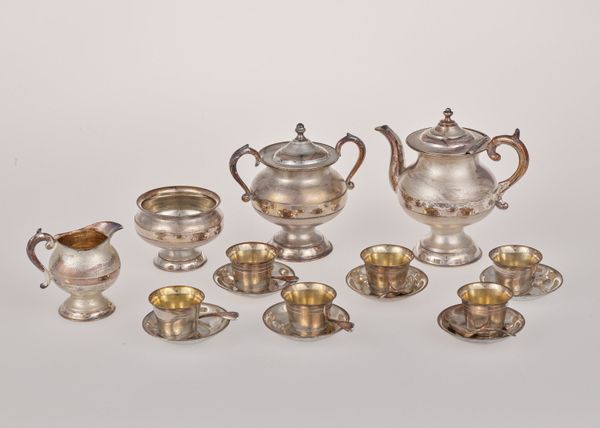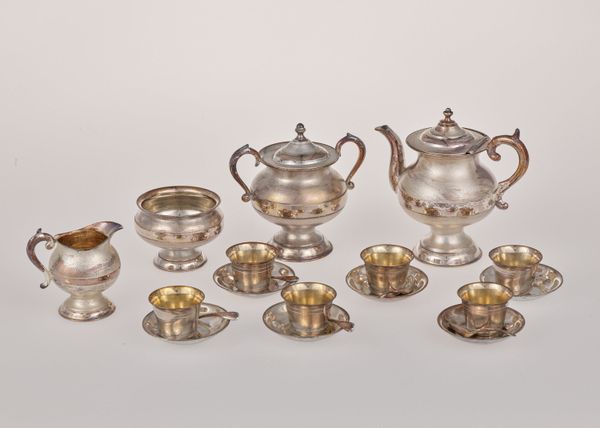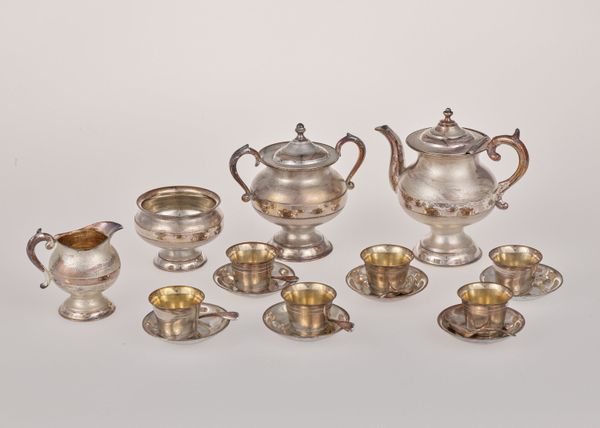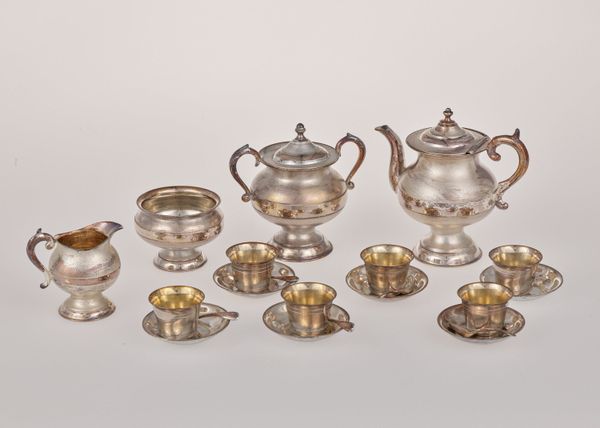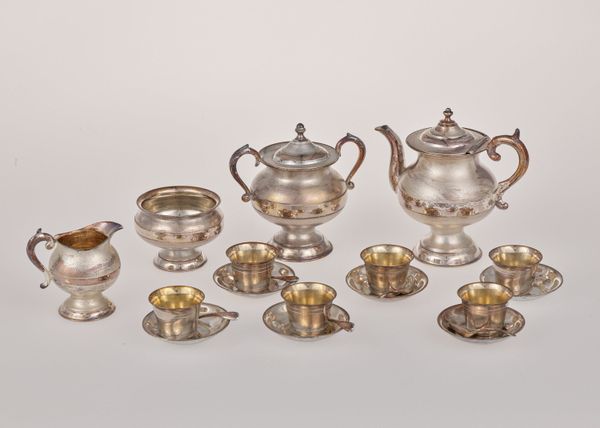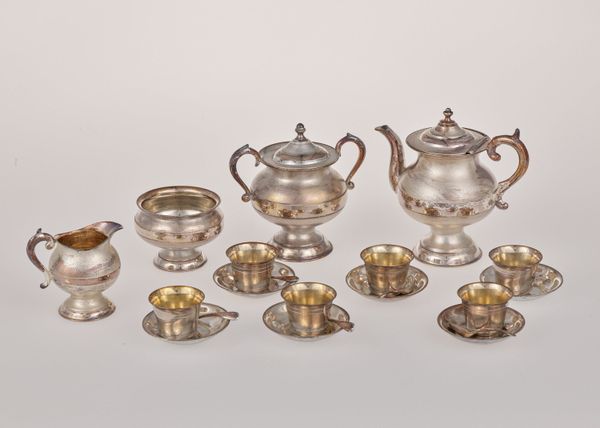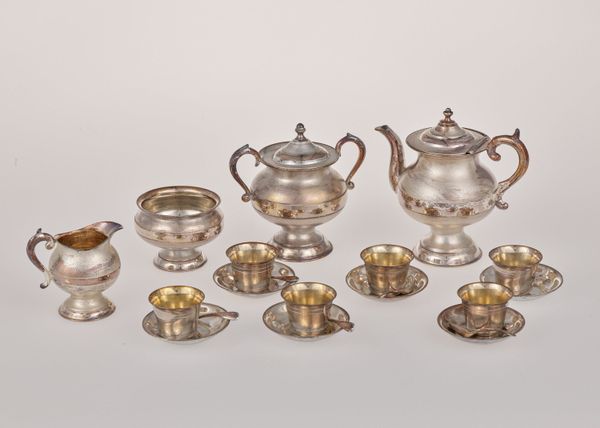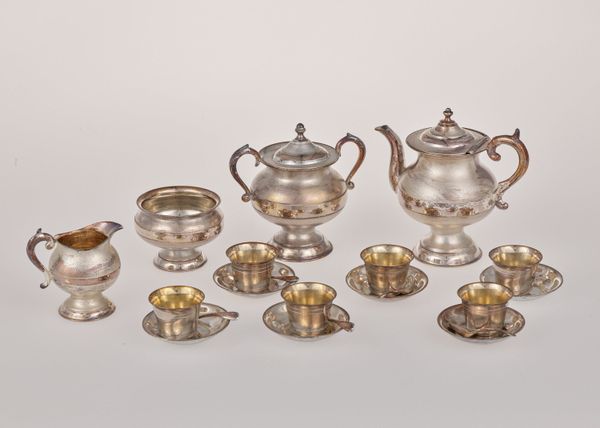
silver, metal, ceramic, sculpture
#
silver
#
metal
#
ceramic
#
stoneware
#
sculpture
#
ceramic
Dimensions: 2 3/8 x 2 7/16 x 1 3/4 in. (6.03 x 6.19 x 4.45 cm)
Copyright: Public Domain
Curator: Let’s explore this exquisite Creamer, dating back to around 1875. It’s a remarkable piece made of silver, currently residing here at the Minneapolis Institute of Art. Editor: Oh, wow! My first thought? Fairytales. It’s so delicate, almost miniature, like a tea set for forest sprites. All gleaming surfaces and tiny handles. I can almost smell Earl Grey! Curator: Indeed! Objects like these offer us insights into the ritualized social practices of the late 19th century and the emerging status of domesticity during the Victorian era. Consider the significance of tea and social gatherings—who had access to such luxury? Who was excluded? These are conversations intertwined with class, gender, and empire. Editor: Exactly! All those silver surfaces reflecting candlelight on proper ladies whispering secrets... it makes you wonder what kind of stories this creamer could tell if it could talk! Plus, the little spoons! Each one is an invitation into a tiny, ornate world. It just sparks my imagination. Curator: We can analyze it, also, from an economic perspective. Silver objects functioned not only practically, but served as signifiers of wealth and upward mobility in rapidly industrializing societies. The aesthetic choices—the details, the form—all subtly communicate messages about its owners. Editor: I see it! Material wealth converted into… poetry? The thing is, these aren’t just inanimate things. This creamer feels intimate, a legacy passed through hands... a feeling beyond scholarly examination that gives me…pause. Curator: A powerful pause, I think. As we reflect on objects like these, it allows us space to address the many threads and the multiple stories within them: economic disparities, the complexities of social performance, even the role of art in perpetuating certain ideologies. Editor: Absolutely, by contemplating things like this exquisite creamer we create the means for interrogating the present and imagining fairer narratives for the future. Curator: Very well said!
Comments
No comments
Be the first to comment and join the conversation on the ultimate creative platform.
